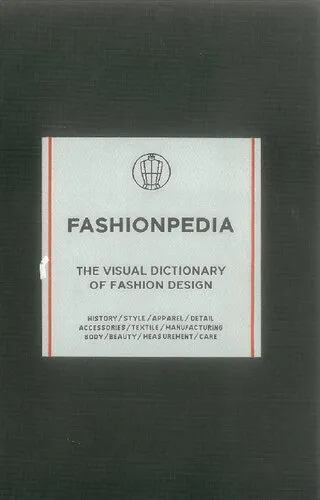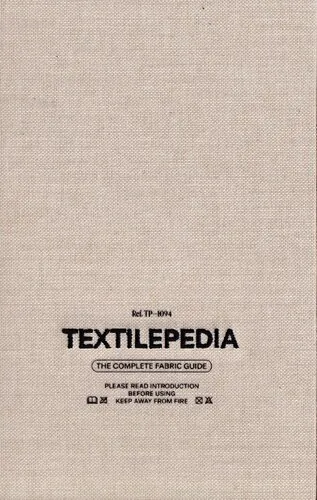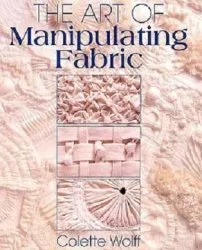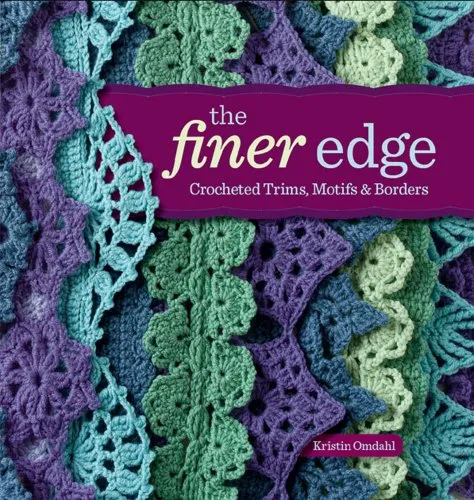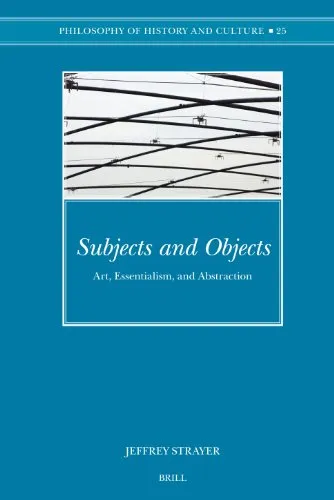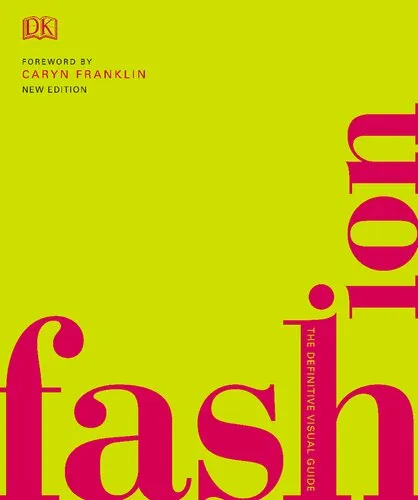A Problem in Portraiture
4.0
Reviews from our users

You Can Ask your questions from this book's AI after Login
Each download or ask from book AI costs 2 points. To earn more free points, please visit the Points Guide Page and complete some valuable actions.Related Refrences:
Analytical Summary
First published with a precise date currently “Information unavailable” due to no reliable public source, A Problem in Portraiture stands as a distinctive example of late 19th-century American fiction exploring the nuanced interplay between visual art and literary narrative. Written by Arlo Bates, the work offers readers a thoughtful examination of both the painter’s craft and the subtle art of rendering personality through prose.
The book delves into the central dilemma faced by an artist attempting to capture the true essence of a subject — an endeavour complicated by emotional entanglements, societal expectations, and the inevitable gap between perception and reality. This struggle becomes the novel’s thematic backbone, making it a unique study in artistic interpretation and the literary portrayal of interior life.
Bates draws on his deep appreciation for the visual arts to craft scenes that resonate beyond their surface description. His prose mirrors the technique of a painter’s brush, layering detail and emotion, allowing the reader to “see” the characters both physically and psychically. Through this carefully wrought tapestry, the author challenges us to consider how art mediates truth, and how truth itself is often refracted through the biases of both creator and observer.
Key Takeaways
From its thoughtful prose to its layered themes, A Problem in Portraiture offers a wealth of insights for academics, art historians, literary critics, and serious readers alike.
The narrative makes it clear that portraiture is never merely a matter of reproducing likeness; it is an act of interpretation. This places the artist in the position of both observer and participant, making objectivity a fascinating — and often elusive — ideal.
Readers will also note Bates’s deft commentary on the influence of social context upon artistic output. The painter’s relationship with the sitter, the expectations of patrons, and the norms of the time all colour the finished work, whether on canvas or in words.
For modern professionals, the book’s exploration of perception, representation, and the ethics of depiction resonates in disciplines ranging from psychology to modern visual culture studies.
Memorable Quotes
The book contains several striking lines that encapsulate its enduring themes.
"The truest portrait is the one that admits its own incompleteness." Unknown
"In every stroke of the brush lies both the painter’s hand and the sitter’s shadow." Unknown
"Art is not the mirror but the lens through which truth is refracted." Unknown
Why This Book Matters
A Problem in Portraiture matters because it bridges two powerful modes of expression: the verbal and the visual.
In doing so, it offers rich terrain for interdisciplinary study, making it relevant to art scholars, literary theorists, and even practitioners of psychology and cultural studies. The book’s core question — how can one truthfully depict another human being? — remains urgent in our era of image saturation and digital manipulation.
For students of American literature, Bates’s work provides a window into the period’s artistic concerns, showcasing a writer keenly aware of both the craft of narrative and the painter’s challenge. For working artists and novelists, it affirms the continuing struggle to balance fidelity to the subject with the necessity of interpretation.
Inspiring Conclusion
By returning to the central tension in A Problem in Portraiture, readers are invited to reflect on the enduring complexity of creative representation.
Bates’s meditation on how we see others — and how we choose to capture that vision — transcends the specifics of time and medium. Whether you read as a scholar, an artist, or a thoughtful enthusiast, the book opens a dialogue on perception and truth that is worth continuing.
The next logical step is to engage directly with the text: read critically, share your interpretations with peers, or bring its questions into your own creative work. In doing so, you keep alive the rich conversation that A Problem in Portraiture so eloquently begins.
Free Direct Download
You Can Download this book after Login
Accessing books through legal platforms and public libraries not only supports the rights of authors and publishers but also contributes to the sustainability of reading culture. Before downloading, please take a moment to consider these options.
Find this book on other platforms:
WorldCat helps you find books in libraries worldwide.
See ratings, reviews, and discussions on Goodreads.
Find and buy rare or used books on AbeBooks.

